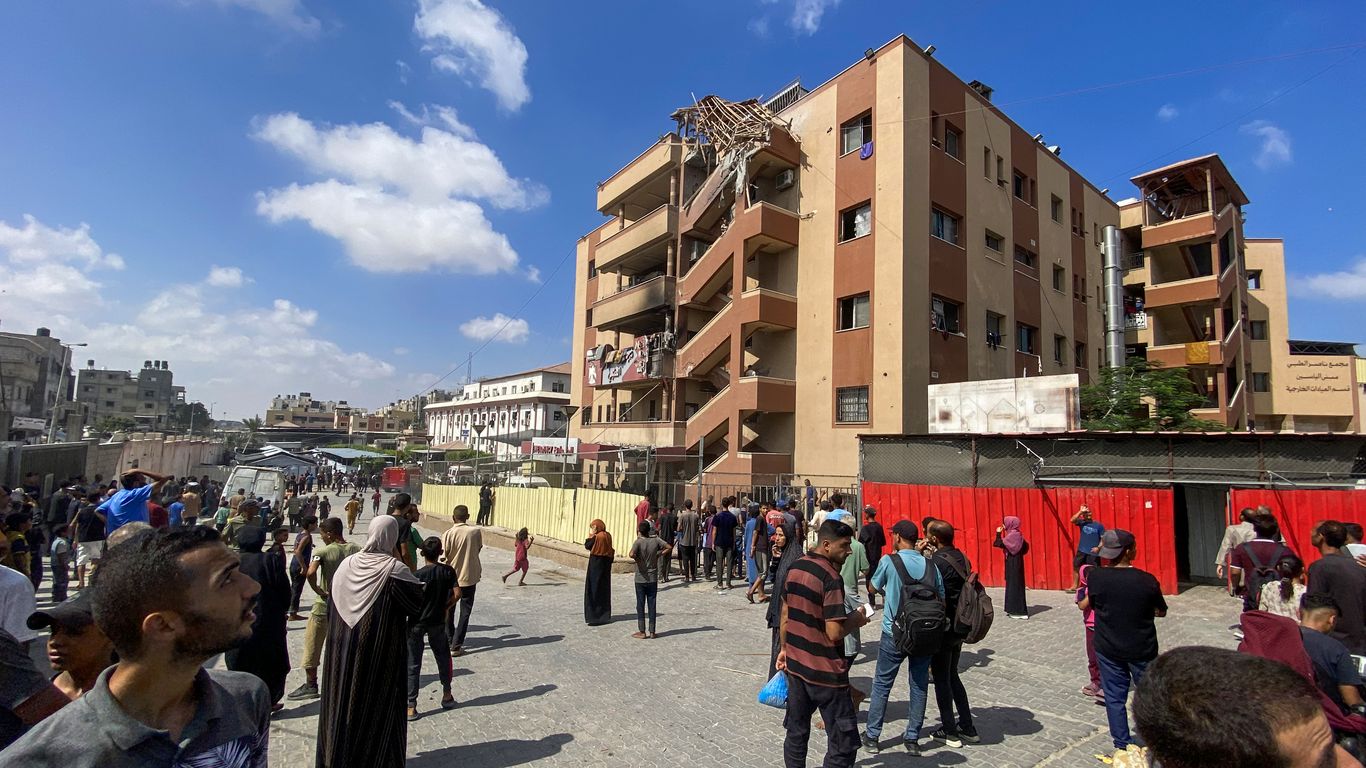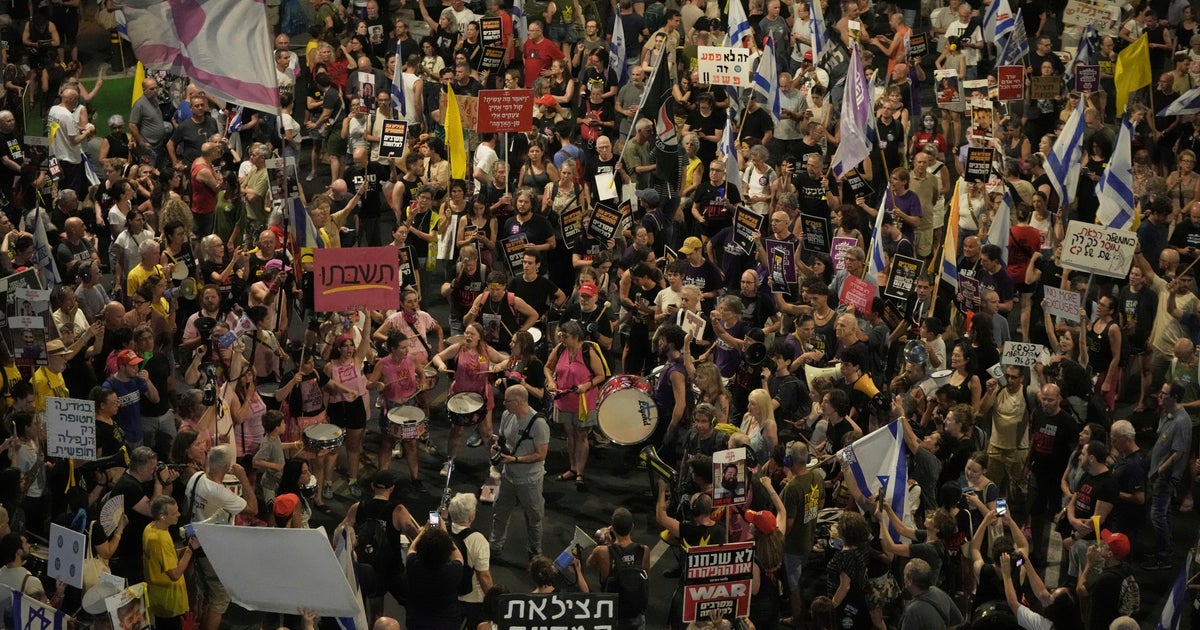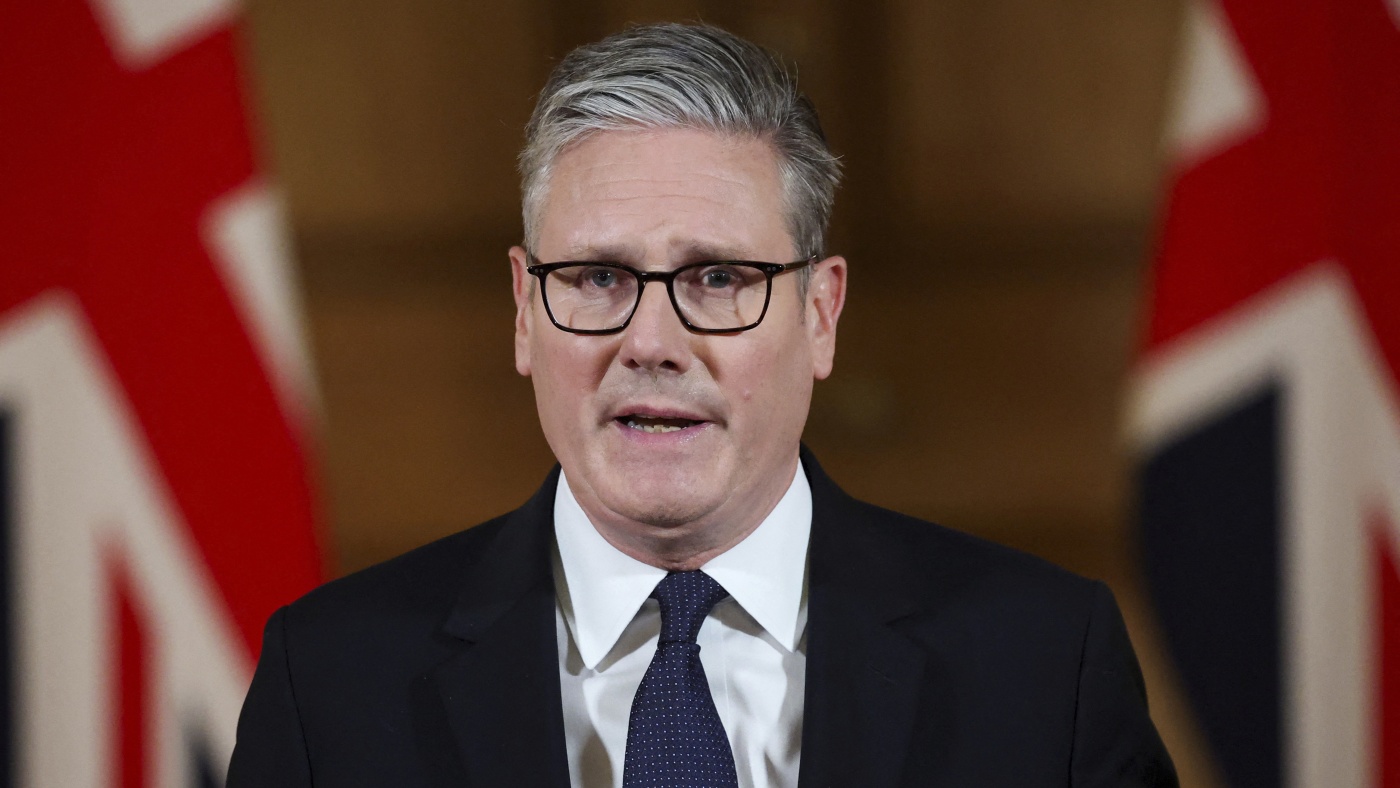Israel Declares Gaza's Largest City a Combat Zone as Death Toll Surpasses 63,000
Introduction
In a shocking turn of events, Israel has declared Gaza's largest city, Gaza City, a combat zone as the death toll surpasses 63,000. The ongoing war between Israel and Palestine has resulted in the deaths of both fighters and civilians, with no distinction being made in the count by the Gaza Health Ministry. As the conflict escalates, it is important to understand the background and context of this devastating situation.
Key Details
The conflict between Israel and Palestine has been ongoing for 22 months, with no clear end in sight. The recent declaration of Gaza City as a combat zone marks a significant escalation in the violence. The death toll has risen to an alarming 63,000, with innocent civilians bearing the brunt of the casualties. The situation is exacerbated by the fact that Gaza City is the most populated area in the Gaza Strip, making it a prime target for Israeli attacks.
Impact
The impact of this conflict cannot be overstated. The loss of lives and destruction of homes and infrastructure have had a devastating effect on both Palestinians and Israelis. It has also caused further strain in the already tense relationship between the two sides. The international community has called for an immediate ceasefire and a return to negotiations to find a lasting solution to the conflict. As the death toll continues to rise, it is crucial for all parties involved to work towards a peaceful resolution
About the Organizations Mentioned
Gaza Health Ministry
## Overview The Gaza Health Ministry is the primary government body responsible for overseeing health services and reporting health data in the Gaza Strip, a densely populated Palestinian enclave under blockade since 2007[1][2]. As the main source for casualty statistics during conflicts, its figures are widely cited by international media, human rights organizations, and governments—despite being an agency of the Hamas-led government, which has controlled Gaza since 2007[1][2]. ## Functions and Operations The ministry manages a network of hospitals, clinics, and public health programs, coordinating everything from emergency response to routine care. During periods of conflict, it becomes the sole official source for casualty and injury data, as external access to Gaza is tightly restricted by Israel[1][6]. It also relies on support from the Palestinian Authority (PA), which administers parts of the West Bank and continues to fund salaries, supply medical equipment, and facilitate patient transfers to Israeli hospitals[1]. ## Historical Context Before Hamas took control in 2007, health services in Gaza were administered by the PA. After the political split, the Gaza Health Ministry became a parallel institution, operating independently from the PA’s Ramallah-based ministry[1][2]. Over the years, Gaza’s health system has faced severe challenges due to the blockade, repeated conflicts, and chronic underfunding, leading to shortages of medicines, equipment, and trained personnel[3]. ## Key Achievements and Challenges Despite operating in one of the world’s most challenging environments, the ministry has maintained basic health services, disease surveillance, and vaccination programs—even as infrastructure has been repeatedly damaged by conflict[3]. However, its credibility has occasionally been questioned, such as during high-profile incidents where casualty figures were disputed or later retracted[2]. The ministry has also been criticized for not always reporting injuries inflicted by Hamas security forces on protesters[2]. ## Current Status As of late 2024, Gaza’s healthcare system is








